
This edition published in 2008, reprinted 2011, by:
Marshall Cavendish Corporation
99 White Plains Road
Tarrytown, NY 10591-9001
www.marshallcavendish.us
1995 Times Editions Pte Ltd
2001 Times Media Private Limited
2005, 2008 Marshall Cavendish International (Asia) Private Limited
All rights reserved
No part of this publication may be reproduced, stored in a retrieval system or transmitted, in any form or by any means, electronic, mechanical, photocopying, recording or otherwise, without the prior permission of the copyright owner. Request for permission should be addressed to the Publisher, Marshall Cavendish International (Asia) Private Limited, 1 New Industrial Road, Singapore 536196. Tel: (65) 6213 9300, fax: (65) 6285 4871. E-mail:
The publisher makes no representation or warranties with respect to the contents of this book, and specifically disclaims any implied warranties or merchantability or fitness for any particular purpose, and shall in no event be liable for any loss of profit or any other commercial damage, including but not limited to special, incidental, consequential, or other damages.
Other Marshall Cavendish Offices:
Marshall Cavendish International (Asia) Private Limited. 1 New Industrial Road, Singapore 536196  Marshall Cavendish International. PO Box 65829, London EC1P 1NY, UK
Marshall Cavendish International. PO Box 65829, London EC1P 1NY, UK  Marshall Cavendish International (Thailand) Co Ltd. 253 Asoke, 12th Flr, Sukhumvit 21 Road, Klongtoey Nua, Wattana, Bangkok 10110, Thailand
Marshall Cavendish International (Thailand) Co Ltd. 253 Asoke, 12th Flr, Sukhumvit 21 Road, Klongtoey Nua, Wattana, Bangkok 10110, Thailand  Marshall Cavendish (Malaysia) Sdn Bhd, Times Subang, Lot 46, Subang Hi-Tech Industrial Park, Batu Tiga, 40000 Shah Alam, Selangor Darul Ehsan, Malaysia
Marshall Cavendish (Malaysia) Sdn Bhd, Times Subang, Lot 46, Subang Hi-Tech Industrial Park, Batu Tiga, 40000 Shah Alam, Selangor Darul Ehsan, Malaysia
Marshall Cavendish is a trademark of Times Publishing Limited
eISBN 13: 978 981 4435 70 3
Please contact the publisher for the Library of Congress catalog number
Printed in Singapore by Times Printers Pte Ltd
Photo Credits:
All black and white photos by and from Betty Wei Liu except (Lonely Planet Images). Colour photos from Getty Images pages b, c, fg, jk; Photolibrary pages a, de, h, i, lm, no, p  Cover photo: Photolibrary
Cover photo: Photolibrary
All illustrations by TRIGG
ABOUT THE SERIES
Culture shock is a state of disorientation that can come over anyone who has been thrust into unknown surroundings, away from ones comfort zone. CultureShock! is a series of trusted and reputed guides which has, for decades, been helping expatriates and long-term visitors to cushion the impact of culture shock whenever they move to a new country.
Written by people who have lived in the country and experienced culture shock themselves, the authors share all the information necessary for anyone to cope with these feelings of disorientation more effectively. The guides are written in a style that is easy to read and covers a range of topics that will arm readers with enough advice, hints and tips to make their lives as normal as possible again.
Each book is structured in the same manner. It begins with the first impressions that visitors will have of that city or country. To understand a culture, one must first understand the peoplewhere they came from, who they are, the values and traditions they live by, as well as their customs and etiquette. This is covered in the first half of the book.
Then on with the practical aspectshow to settle in with the greatest of ease. Authors walk readers through how to find accommodation, get the utilities and telecommunications up and running, enrol the children in school and keep in the pink of health. But thats not all. Once the essentials are out of the way, venture out and try the food, enjoy more of the culture and travel to other areas. Then be immersed in the language of the country before discovering more about the business side of things.
To round off, snippets of basic information are offered before readers are tested on customs and etiquette of the country. Useful words and phrases, a comprehensive resource guide and list of books for further research are also included for easy reference.
CONTENTS
FOREWORD
A decade after the British departure, Hong Kong has remained full of surprises, paradoxes and contradictions. Some are so obvious, so much a matter of routine or usually so well hidden that no one notices them.
THE BELLS OF NINE QUEENS ROAD, CENTRAL
Twelve one-metre high figures of civilians and warriors in classical Chinese dress, each carrying a traditional Chinese Zodiac animal, ride on a carousel in a Western-style clock tower at Nine Queens Road, above the bustling business district in Central. These figures, rotating on individual axles, come out of their nest several times a day to parade in formation forwards, backwards and outwards. They move their arms, nod their heads, and bow to the pedestrian and vehicular traffice, in time to the computer-operated music of 25 bells.
Whereas the appearance of the figurines is undoubtedly Chinese, the clock tower is derived from the western tradition, as is the carillon of bronze bells with its span of two octaves. They were cast in the Netherlands, at the Royal Bellfoundry Petit en Fritsen, which has been producing bells since the middle of the 17th century. This quaint performance, so unexpected in 21st century Hong Kong, is all but drowned by city noises and is totally ignored by most passers-by. Nevertheless, it is appreciated by discerning individuals who stop to look and listen. At least one pedestrian is tempted to risk her reputation for sanity, by returning the salute whenever she happens to be near when the bells chime.
The figurines and carillon in the clock tower illustrate how whimsically Hong Kong has adopted the traditions of China and the West. Not all aspects of this multicultural mix in Hong Kong blend so smoothly, however; nor is the blend always so palatable.
Do not expect Hong Kong to be totally changed since 1997 just because it is no longer under British rule. Now that a decade has passed, the Hong Kong people have returned to the business of making money. Nor should you worry about the future of Hong Kong lest it be swallowed by the giant monolith of which it has become one. With the eyes of the world on Hong Kong, China will not be able to compromise its pledge on Hong Kong: one country, two systemsuntil the year 2047, at least, but it does not mean that Beijing does not choose to flex its muscles from time to time.
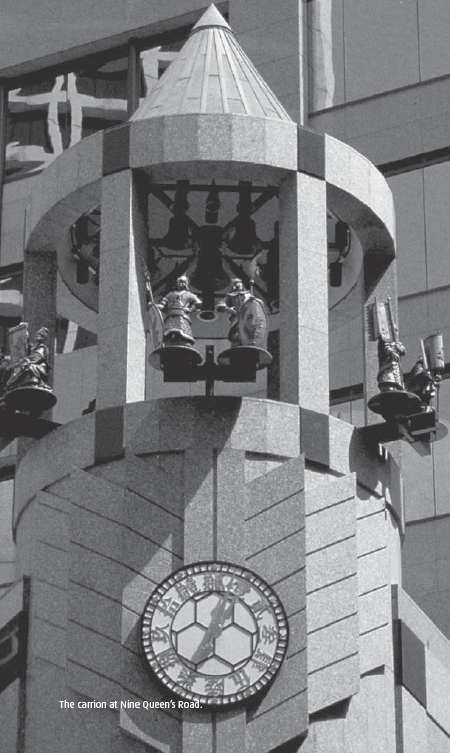
EVER-CHANGING HONG KONG
Do not let street and shop signs in Roman letters delude you into believing that everything is just like home. However well-prepared you are on arrival, cultural misunderstandings lie in wait for you. As a newcomer to the community, it is you who will have to adjust to the native culture, and the culture in Hong Kong is complex indeed. Be ready to see Hong Kong perpetually in motion. Appearances, as well as substance, can change every day. It is very important to keep an open mind and a cool head as you approach life in this city. Once acclimatised, you will enjoy the wonderful opportunities and lifestyles Hong Kong has to offer.
THIS BOOK IS WRITTEN FOR YOU
This book is written for you, an English-language reader newly arrived or expected to be shortly arriving in Hong Kong, to take up a job and make a home for yourselfand for your spouse, if you have one. It is also for short-term visitors who want a deeper understanding of what makes Hong Kong tick than can generally be gleaned from tourist literature. Besides giving factual information, an attempt is made to explain some of the prevailing attitudes and states of mind. It is our hope that, by gaining an appreciation of some of Hong Kongs complex and varied cultural traditions and institutions, you will reduce the frustrations of transition from your native culture to that of Hong Kong. Facts and background are not skimped upon, but our emphasis is on showing how you can adjust with greater ease; and, as a result, enjoy your Hong Kong experience more fully.
Next page
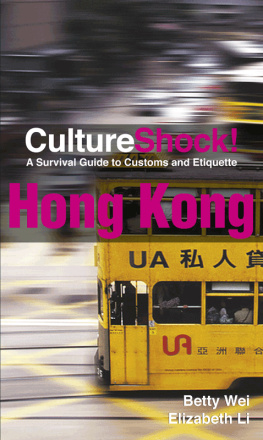
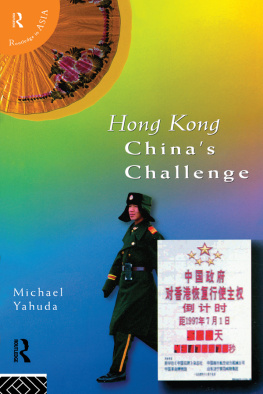

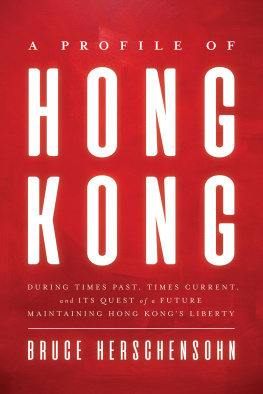
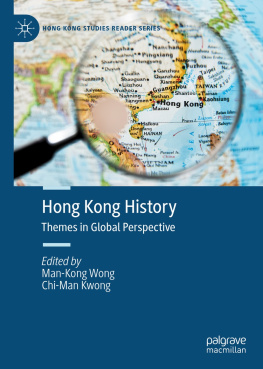

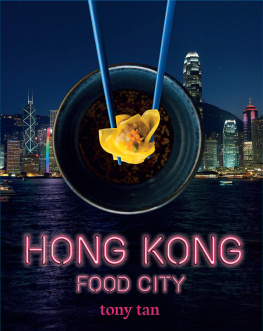
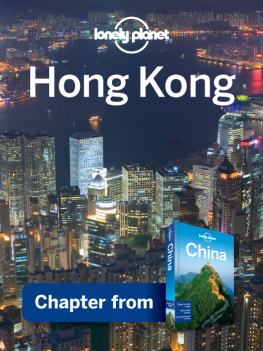
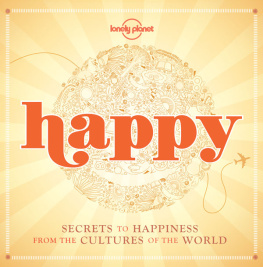
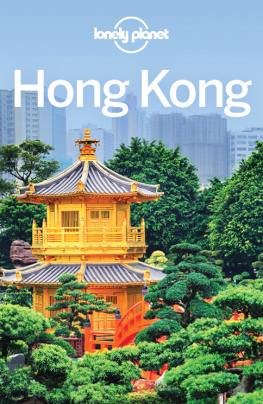
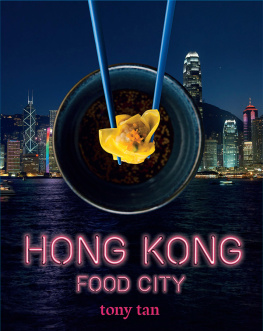
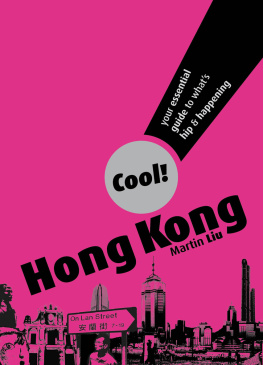

 Marshall Cavendish International. PO Box 65829, London EC1P 1NY, UK
Marshall Cavendish International. PO Box 65829, London EC1P 1NY, UK 